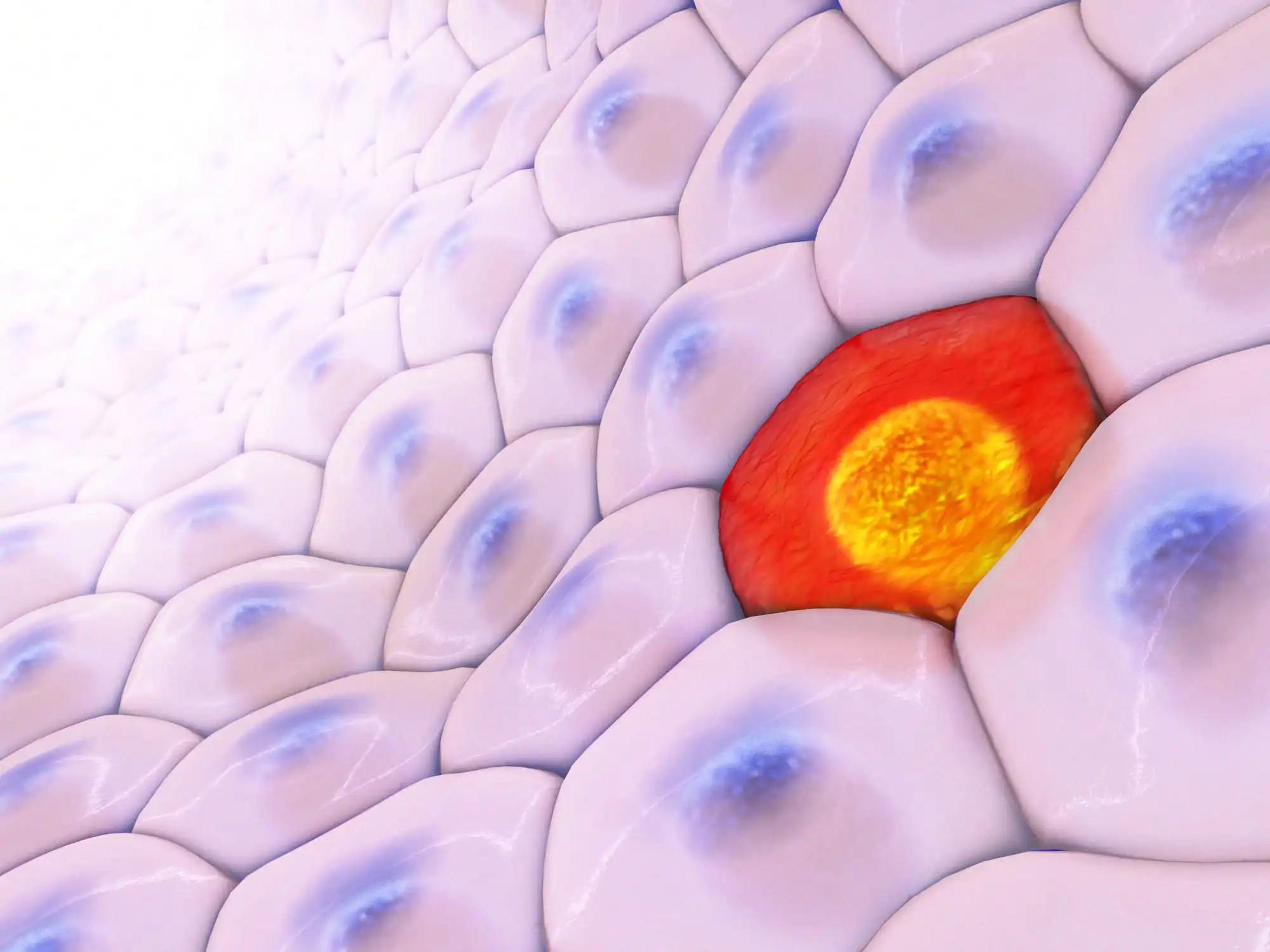KEY TAKEAWAYS
- The phase 3 IMpower010 trial aimed to determine whether adjuvant atezolizumab is cost-effective for treating early-stage NSCLC patients in Spain.
- A Markov model with five states was adopted for this study, using demographic characteristics and transition probabilities from the DFS state of the IMpower010 study to create a hypothetical cohort.
- Adjuvant atezolizumab therapy was found to be more expensive but more effective than BSC over a lifetime horizon.
- The study also considered standard clinical practice in Spain and discounted costs and health outcomes at a rate of 3% per year due to the lifetime horizon used.
- Adjuvant atezolizumab therapy is cost-effective compared to BSC for early-stage resected NSCLC patients with PD-L1 overexpression.
This study aimed to determine whether adjuvant atezolizumab is cost-effective for treating early-stage NSCLC patients (stages II and IIIA) in Spain who express PD-L1 at a level of at least 50% but does not have EGFR or ALK rearrangement mutations. Researchers adopted a Markov model for the Spanish context with five states (differentiated follicular syndrome, locoregional recurrence, one-level metastatic recurrence, two-level metastatic recurrence, and death). The IMpower010 study’s (GO29527’s) demographic characteristics, transition probabilities from the DFS state, and safety factors were used to create the hypothetical cohort. The literature was scoured for information on transition probabilities between locoregional and metastatic health states. The authors of this study obtained insights into the typical clinical practices in Spain, including healthcare resource utilization and disease management, from a previous analysis. Both direct and indirect costs (in € of 2021) were factored in to account for the societal impact. Prices and health outcomes were discounted at 3% per year due to the usage of a lifetime horizon. To measure unpredictability, sensitivity studies were conducted.
Adjuvant atezolizumab therapy was more expensive (+€+22,538) and more effective (++2.61 LY and ++1.95 QALY) than BSC over a lifetime horizon. Based on the analysis, the incremental cost-effectiveness ratio (ICER) was €8,625/LY gained, and the total cost-utility ratio (ICUR) was €11,583/QALY gained. The results of the sensitivity studies supported the stability of the base case findings. In the probabilistic sensitivity analysis, adjuvant atezolizumab is cost-effective compared to BSC in 90% of simulations when using a €30,000/QALY threshold. By demonstrating that the ICERs and ICURs obtained for adjuvant treatment with atezolizumab in patients with early-stage resected NSCLC with overexpression of PD-L1 and without EGFR and ALK mutations are below the cost-effectiveness thresholds commonly considered in Spain, researchers provided a new treatment option for these patients.
Source:https://pubmed.ncbi.nlm.nih.gov/36883193/
Clinical Trial:https://clinicaltrials.gov/ct2/show/NCT02486718
Escudero-Vilaplana V, Collado-Borrell R, De Castro J, Insa A, Martínez A, Fernández E, Sullivan I, Flores A, Arrabal N, Carcedo D, Manzaneque A. Cost-effectiveness of adjuvant atezolizumab versus best supportive care in the treatment of patients with resectable early-stage non-small cell lung cancer and overexpression of PD-L1. J Med Econ. 2023 Jan-Dec;26(1):445-453. doi 10.1080/13696998.2023.2188844. PMID: 36883193.



